Theertha yaathra (Pilgrimage) has been an inseparable part of any Sanatana dharmi’s life. It is prescribed in our shashtra-s that one accrues enormous punya on undertaking a holy yaathra. In that way, Ravi Thyagarajan, sister Shanthi, and younger brother Balaji Thyagarajan of Peelamedu (Coimbatore) are manifoldly blessed to have visited the punya kshethram, Ahobilam, for hundreds of times, perhaps more, over the last twenty years. The words that they shared with The Verandah Club team were profound with experience and devotion to Shriman Narayana.
Ravi Kula Thilaka Ramanuja Dasan(Ravi Thyagarajan) came, turned, became enthusiastic while speaking about his experiences, “Our acharyan Veda Vyasa Sudharshana Bhattar is from Karamadai, in Coimbatore district. He belongs to the bloodline and also the Shishya Parampara of the great scholar Koorathazhwan, also known as Kuresa. This great soul was the chief disciple of Saint Ramanuja. He had been the shadow of Ramanuja throughout his life.”
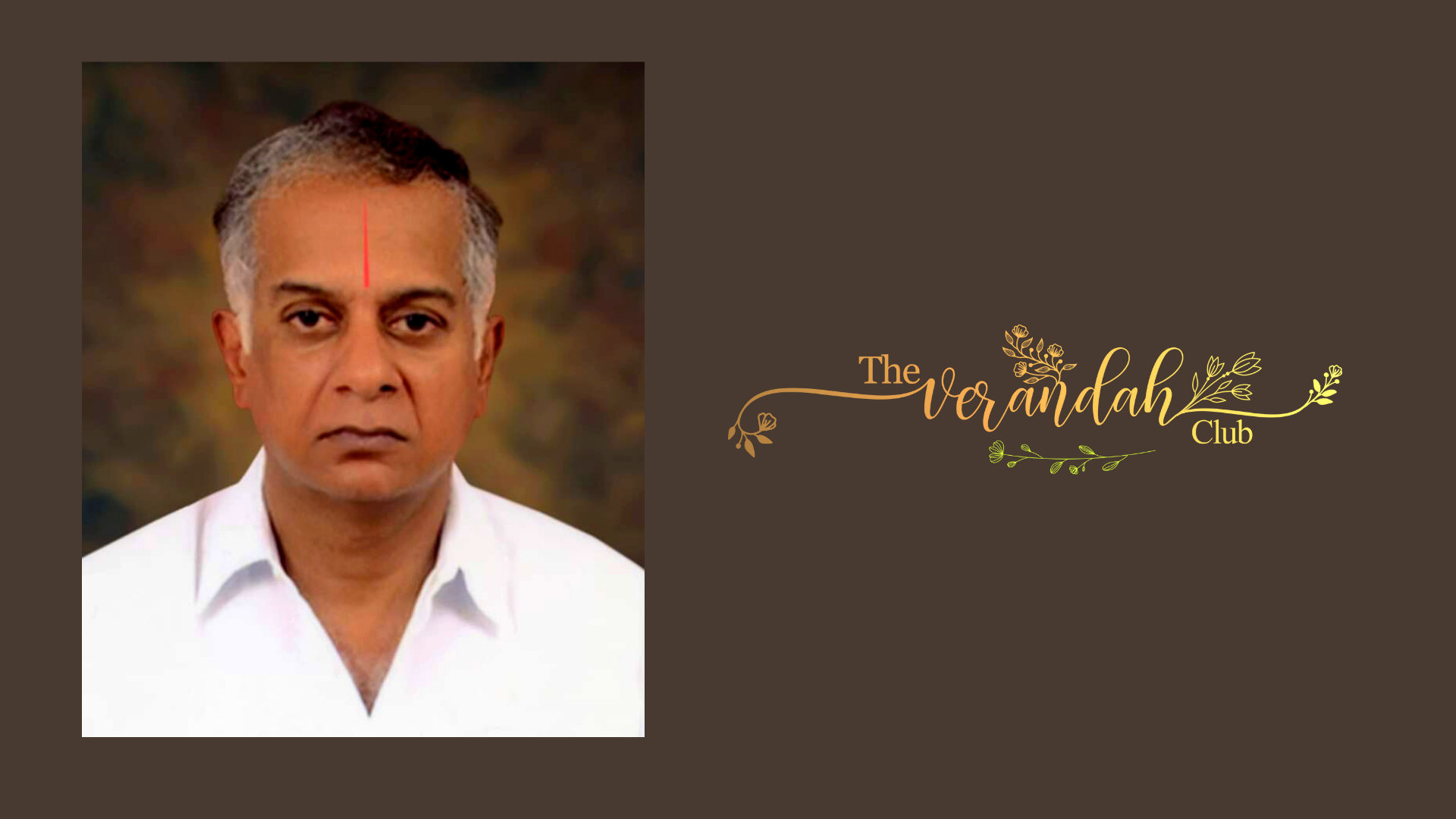
“Ramanujacharya was keen to write a treatise on the Brahma Sutra. He had to travel to the royal library at kashmir for the purpose of acquiring a copy of Bodhayana’s Vritti. The king of kashmir gave them access to the librarian. But they were not interested in letting the outsiders disturb them. They put forth a condition that the Vritti shall not leave the library and that notes could not be taken.The Vritti had just got to be read, and the content had to be memorized. Ramanujacharya was disappointed, and he returned to SriRangam after reading the above mentioned text. On reaching SriRangam, Ramanujacharya was overjoyed to learn that Koorathazhwan had memorized the Vritti entirely. Kurathazhwan’s word by word recall made Ramanuja to complete the Sri Bhashya(a commentary on the brahma sutra - this is a consolidated text of Hinduism).”
“The principal disciple of Ramanuja, Koorathazhwan, was born in the hamlet Kooram(Thiru Kooram) near Kanchipuram in Tamilnadu. He was also known as Srivat Sanka. Meanwhile, G.N.V.Suresh of the PSG family was keen to visit Ahobilam and also Thirukooram. He had some issues connected with his eyes and it is generally believed that a visit to this hallowed center would be beneficial for the same. Both of us went to Sriperumbudur, received the blessings of Ramanujacharya and gathered ourselves in Thirukooram. We prayed at the shrine of Koorathazhwan and the Battacharya offered us curd rice. This had been offered as the naivedyam at the shrine. Suresh and myself had never tasted anything like that ever before. I can definitely say that it was the blessings of Koorathazhwan. The great scholar had acknowledged me as his follower by making available this thayir sadam(curd rice) from his own kitchen. Had I not received the mudra from his descendant at Karamadai!”
“Thereafter, Suresh and myself visited ahobilam in order to receive the grace of malolan(Lord Narasimha). On returning to Coimbatore, Suresh expressed that he wanted to establish a facility for annadhanam at Karamadai, Shreerangam and Melkote. He wanted to do so in memory of his parents Indra and G.N. Venkatapathy (First son of P.S.G. Narayanaswamy Naidu) of the PSG and sons charities.”
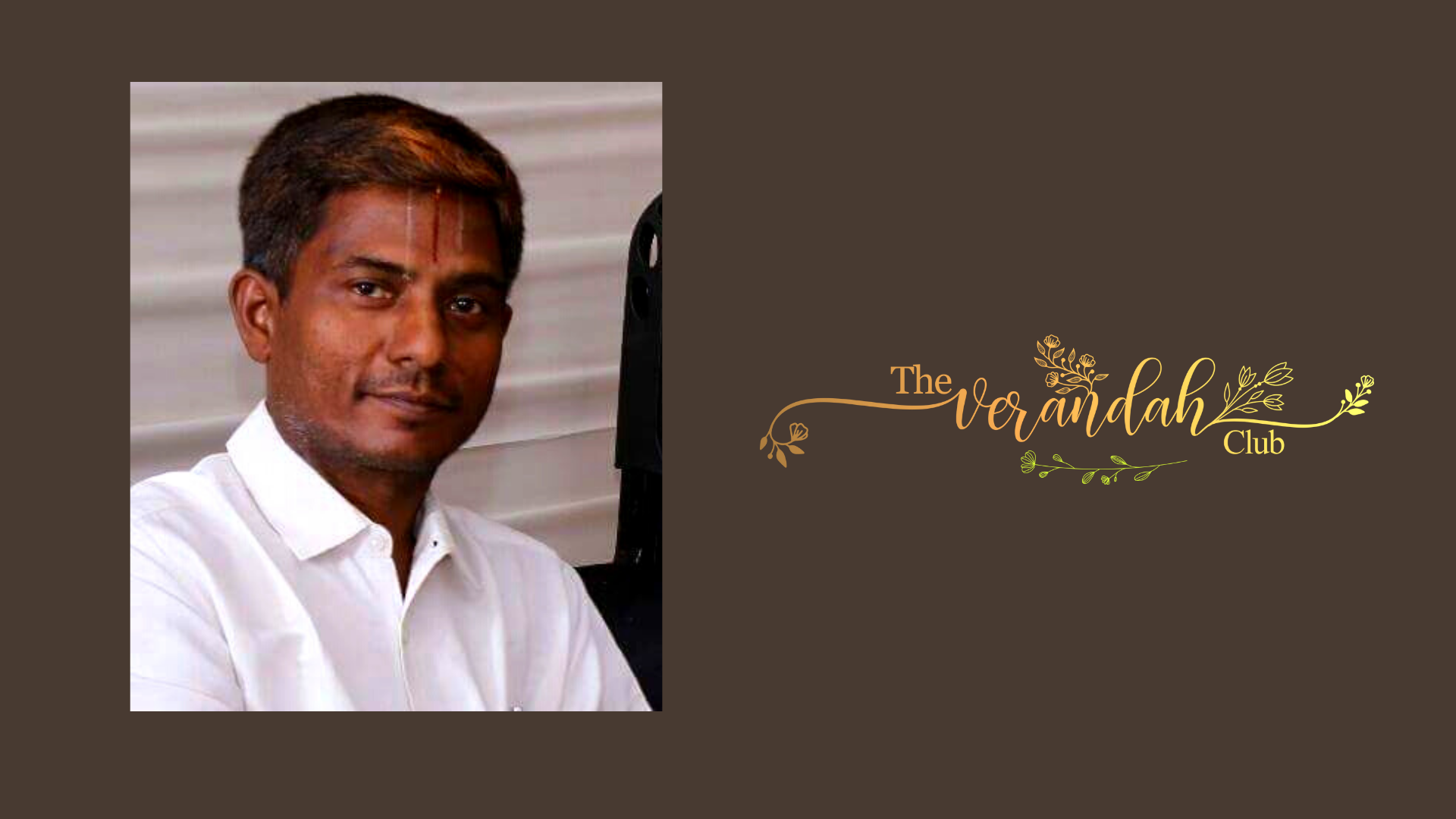
Ahobilam is a holy town and is located in the Allgadda Mandal of Cuddapah district in Andhra Pradesh. It is surrounded by the picturesque skills of the eastern ghats and is the center of worship connected with lord Narasimha. The fourth incarnation of Lord Vishnu, lord Rama set to have visited this shrine while he was in search of Sita. And lord Balaji has offered naivedyam to lord narasimha in this holy spot. Lord Narasimha had incarnated at ahobilam with the aim of providing succur to his devotee Prahlada. He appeared from a pillar in the spot and exterminated Hiranyakashipu in order to fulfill the word of his son and the Parama Bhagavata Prahlada. The mantra raja pada stotram is known as the king of all prayers and devotees visiting ahobilam wish to chant or recite the saying at the shrine of lord Narasimha. Lord Narasimha had just spent minutes of time on earth during his incarnation and therefore he has presented himself as malolan and is carried around by the montifs of ahobilam with the idea of spending time with his devotees. The pontiff of Ahobilam is known as azhagiya singar and the institution was found 600 years ago by athivan sadagopan(originally known as kidambi shreenivasa aachar)
The fully dedicated businessman-cum-vishishtaadvaithi Ravi said joyfully, “We have fully dedicated our lives to vishishtaadvaitha philosophy and undertaking theertha yaathra to Ahobilam. Our yaathra would mostly happen unplanned, and sometimes in ten days, we would be prepared to take the next yaathra to the holy shrine immediately after returning from the first. The yaathra takes around thirteen hours from Coimbatore.”
It seems Ravi started visiting ISKCON, Coimbatore, in 1994. Hearing his spiritual call and reaching the right place, he had become a life member in the organization. Thereafter, he used to attend regular weekly classes. Shanthi joined, “Immediately after he got into ISKCON, I could witness a sea change in my brother’s behaviour and that even started with his attire. He began wearing panchagajam stepping out of his routine.” Sarvaishwarya Das had taught him the philosophy and his mudhraacharyaa was Veda Vyasa Sudharshana Bhattar. Ravi’s life then became simple, and he had started to feel complete.
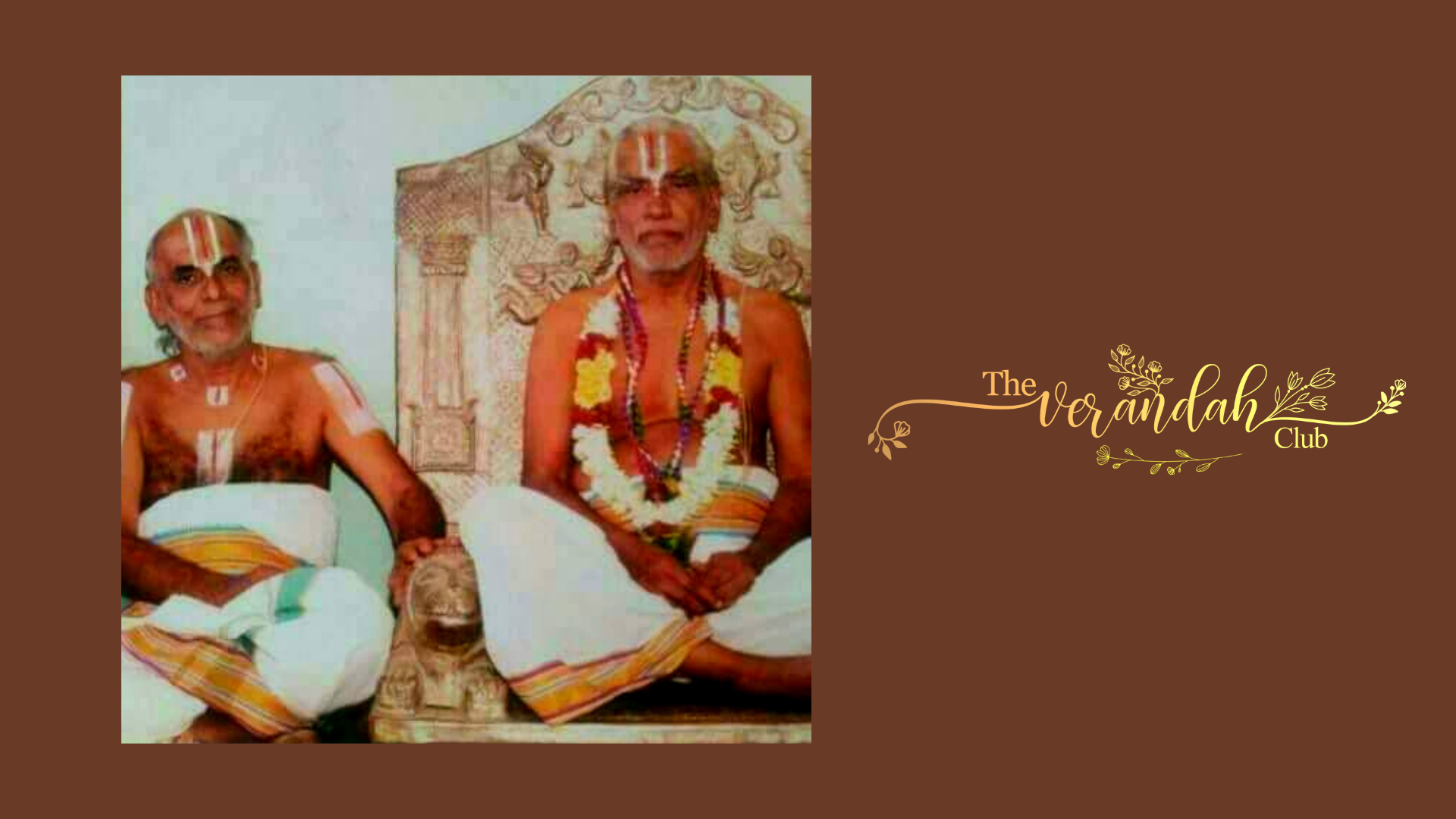
“Soon after that, my brother started bringing various books from the institute to our house. One day, I glanced through one of the books and found it interesting. Then, I too joined the centre, after which Balaji followed. We three took mudhra-s eventually. In the meantime, my mother, Papathi, fell sick with liver cirrhosis and became unstable. Soon, we made arrangements for her treatment,” said Shanthi.
Ravi picked the thread, “I met Prof. Angaraj long back at ISKCON. Once he had been to our home and happened to witness mother’s condition. After which he mentioned about a swami at ISKCON and asked me to meet him. Fortunately, the swami whom I was asked to meet, came home one day on his trip. Chaturvedhi Swami saw my mother’s condition and said that she has devaamsha in her face. He guided her to take the mudhra. She reached the paramapadha soon after this.”
They had started visiting the punya kshethra Ahobilam from February 2001. Ravi said that they would take a train to Cuddapah from Coimbatore. From there they reached Allagadda in 3 hours by bus. Reaching the foothills of Ahobilam hardly took 30 minutes by auto-rickshaw. During those times, as the place was terraneous and covered with forests, travelling had been a hard course there.
Ravi continued, “There is a chain of nine temples found dedicated to Lord Narasimha in the Nallamalai Range. The range where these temples are located is usually referred to as lower and upper Ahobilam. We can first see Sri Prahlada Varada Temple in the lower Ahobilam. Here, the lord is found blessing Prahlada Mahaaraaja.”
“We can also see a lot of mandapa-s located outside the temple. To the southwest of this temple, a shrine dedicated to Lord Venkateshwara exists. Smaller temples for Lakshmi, Aandaal, and Aazhwaar-s can also be seen. The Uthsava vigraha-s (Processional idols) of Prahlada Varada; Pavana Narasimha; Jwala Narasimha with ten hands accompanied by Shridevi and Bhoodevi; the first Jeeyar, Sri Adhivan Satakopa Swami; could all be witnessed.”
“One can find the realistic carvings of Lord Narasimha wooing Chenchulakshmi, the lord emerging out of the pillars and the Hiranyakashipu Mardhana, on the pillars of the mandapa. A Jayasthambha (Pillar of victory) erected by Krishnadeva Raya outside the temple premises could be seen. A special note must be added about the valuable contributions made by the Kakatheeya King Pratapa Rudra towards the expansion of the temple complex.”
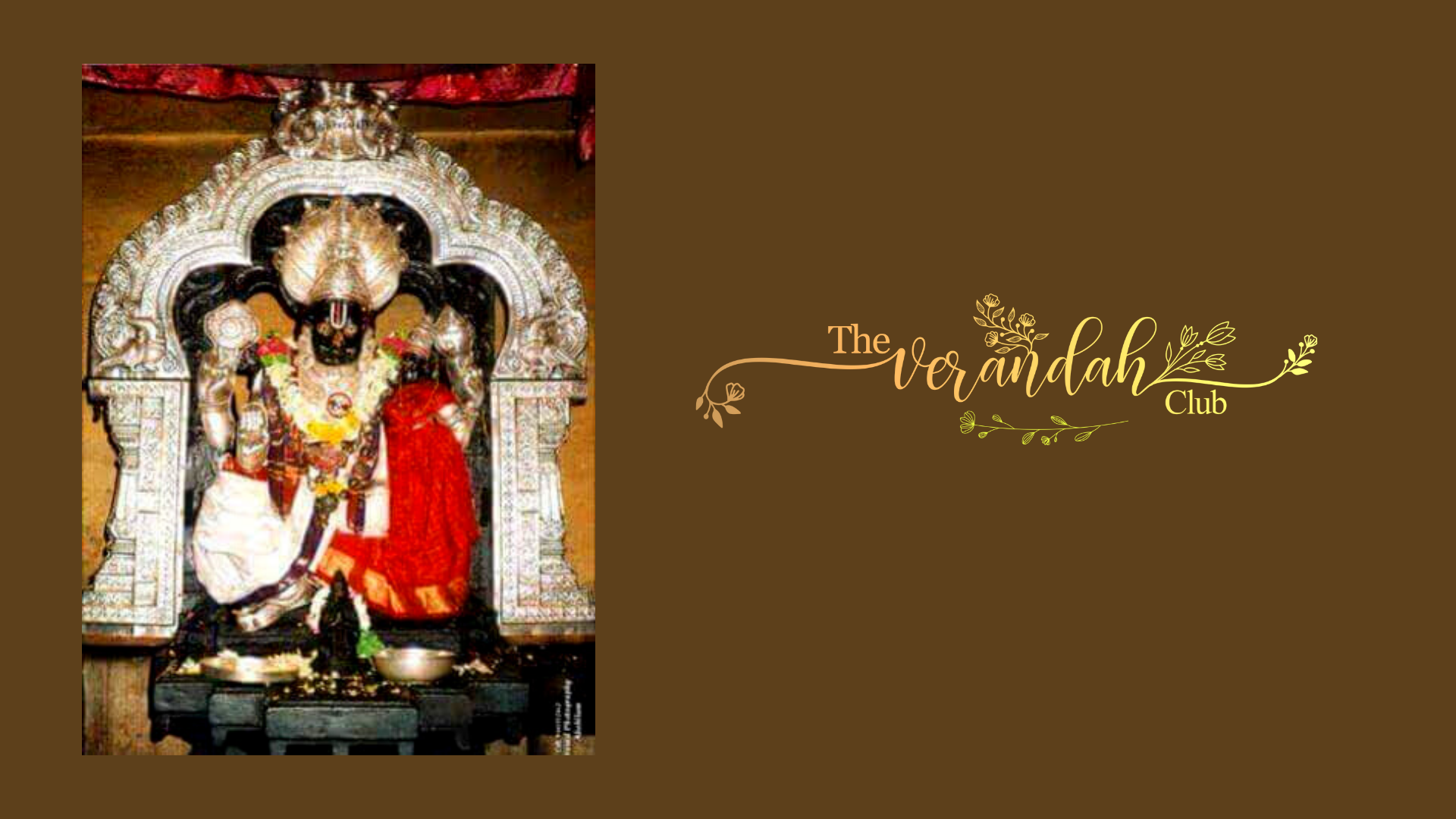
“We would be amazed to capture the view of Sri Bhargava Narasimha on a hill situated at 2 kms from lower Ahobilam. The deity here appears to be one of the ferocious forms of the lord. This temple is located near the Bhargava Theertha and this theertha is considered to be equally sacred to Pushkar. The significance lies in the fact that Bhagavaan Parashurama had bathed in it and also had used the waters to perform abhishekha to Sri Bhargava Narasimha.”
“We can get to see Sri Yogananda Narasimha Temple at a distance of 2 kms from the south-east of lower Ahobilam. At this temple, the lord is said to have taught Prahlada few yogic poses after the Dhahana (Slay) of Hiranyakashipu and He is found in a seated posture here.”
“Sri Chatravatha Narasimha Temple is found around 3 kms from lower Ahobilam. Here the lord is found in his sowndarya roopam under a peepal tree surrounded by thorny shrubs. He is said to have been posing with the Aadhi Thaala Mudhra on his left hand.”
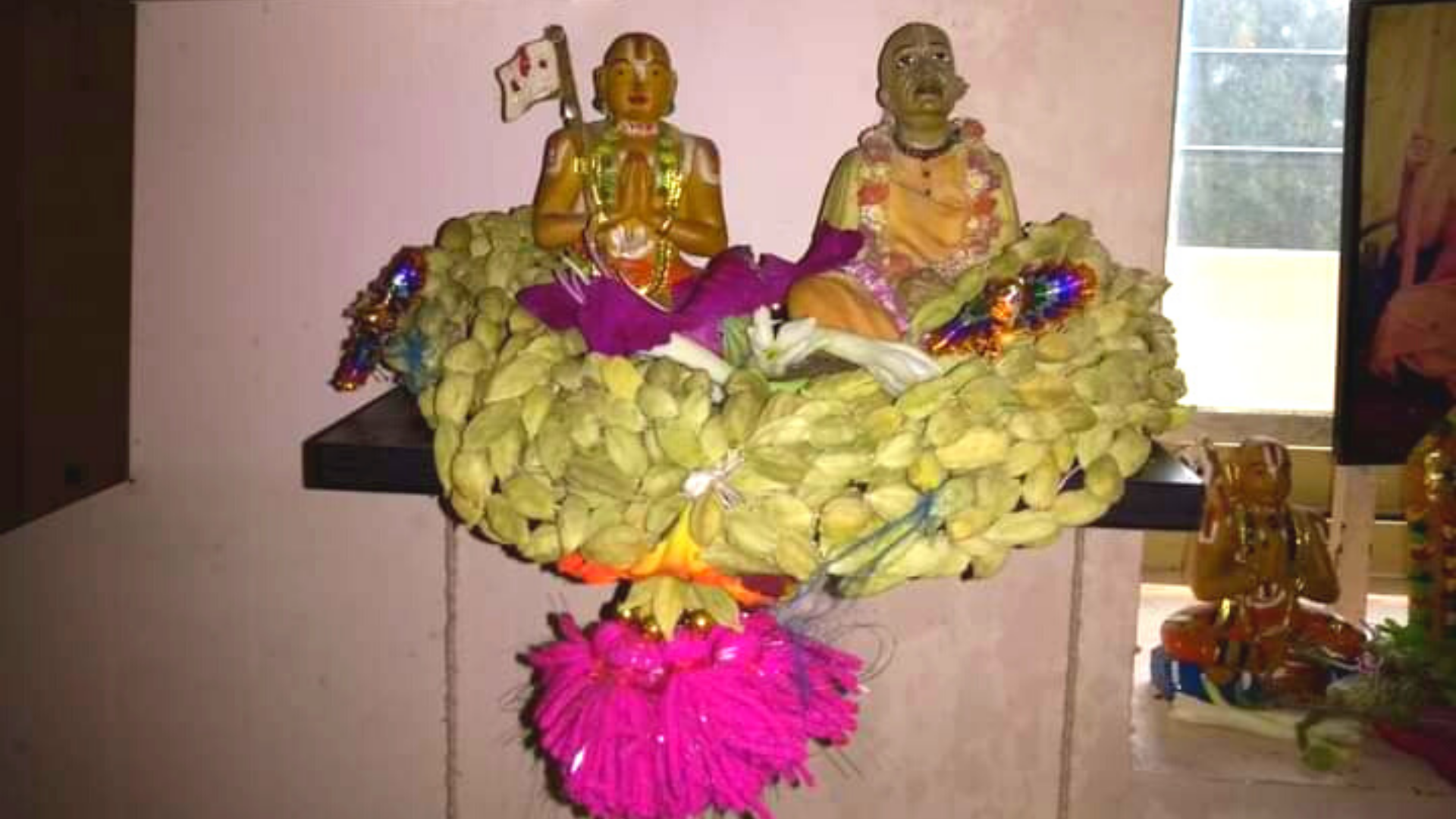
“The temple dedicated to Sri Ahobila Narasimha is situated in the upper Ahobilam and is located approximately 8 kms from lower region. This ancient temple is considered to be the oldest of the nine temples at Ahobilam. Ugra roopa of the deity made of shaligramam is found in a Sukhaasana posture here. It is noteworthy that the deity, Ugra Narasimha, here is a Swayambhu (Self-manifested).”
“We can then find the abode of Sri Krodhakara Narasimha 1 km atop from the main temple of Sri Ahobila Narasimha at the upper Ahobilam. Here, the deity is said to have the face of a Varaha (Wild boar) and so the lord is also known as Varaha Narasimha. One can get the dharshana of Lakshmi Narasimhamoorthy representing a krodha roopa.”
“One can get to see Sri Karanja Narasimha at 1 km distance from the upper Ahobilam. Here the lord is found seated under a Karanja tree. He is also found holding a bow and hence is also known by the name Saaranga Narasimha.”
“The following temple seen uphill is of Sri Malola Narasimha. It is positioned approximately 2 kms from the main temple at the upper Ahobilam. The word ‘Ma’ in Malola means Maatha Lakshmi and ‘Lola’ means beloved. The lord is said to be in a soumya roopa along with beloved Lakshmi Devi. History claims that the first jeeyar of Ahobila Mutt, Srimath Adivan Satakopa, had seen the uthsava vigraha in his dream. It was later found out and a temple was constructed. Since then, the uthsavamoorthy is taken along with the jeeyar to various villages during the course of his religious tour. The current jeeyar, Srimath Satakopa Narayana Yatheendra Mahadesikan, continues to take the baton of this practice forward.”
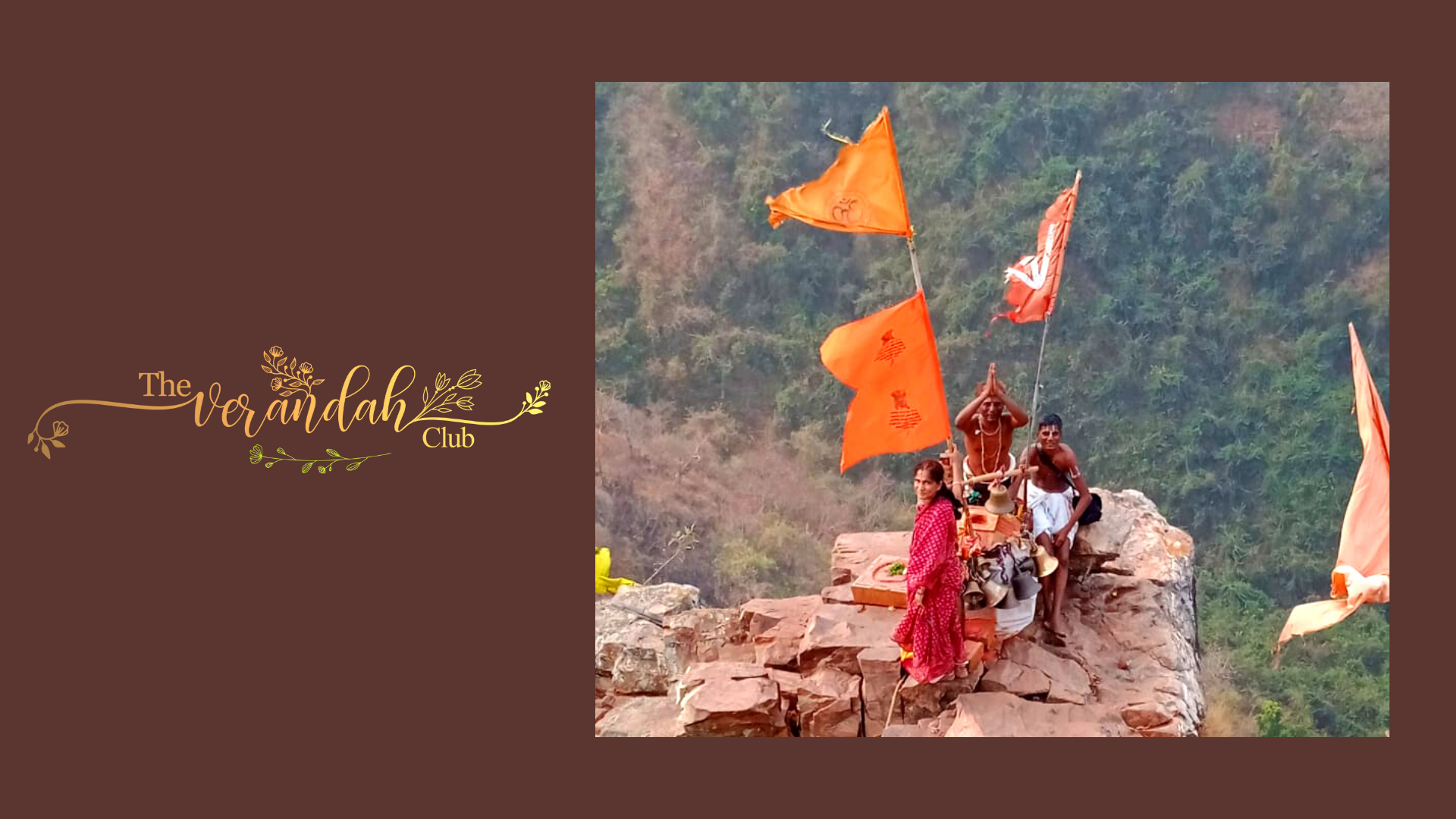
“Sri Jwala Narasimha Temple is found on a separate hill called Achalachaya Meru which is found 4 kms from the upper Ahobilam. This spot is remembered to be the place where Lord Narasimha had performed the dhahana of Hiranyakashipu by tearing him to blood and bones. There is a theertha near the temple where the lord is believed to have washed his hands after the Samhaara (Slay). One can find the blood stains around the theertha even today. The importance of this theertha lies in the fact that the water is said to be clear and sweet.”
“Then we can find Sri Pavana Narasimha near the Jwala Narasimha Temple. This shrine is located 6 kms from upper Ahobilam and is close to the Pavana River. The deity found here is said to represent a shaantha roopa.”
“The other temples found in the lower Ahobilam include Ugra Sthambam and Prahlada Mettu. The former is located close to 8 kms from the upper Ahobilam. One can observe a cleave in the mountain and it is believed to be the place where Lord Narasimha is said to have manifested in his Aghora roopa (Horrifying form) to perform the dhahana. That remains the reason why the spot is called Ugra Sthambam (Where ugra also means horrific).”
“The later of the two, Prahlada Mettu, is a cave temple on a hill which is situated between Ugra Sthambam and upper Ahobilam. The deity here is known as Prahlada Narasimha Swamy as the lord is found along with Prahlada.”
The ardent devotee, Ravi, also mentioned some interesting facts. “It is an absolutely stunning sight from the Ugra Sthambam where the entire hill range looks like a Garuda with his wings stretched. This is the reason why the range is called Garudadhri.” He said, “The jeeyars of Ahobilam are fondly addressed as Azhagiya Singars and there is an interesting story behind it.”
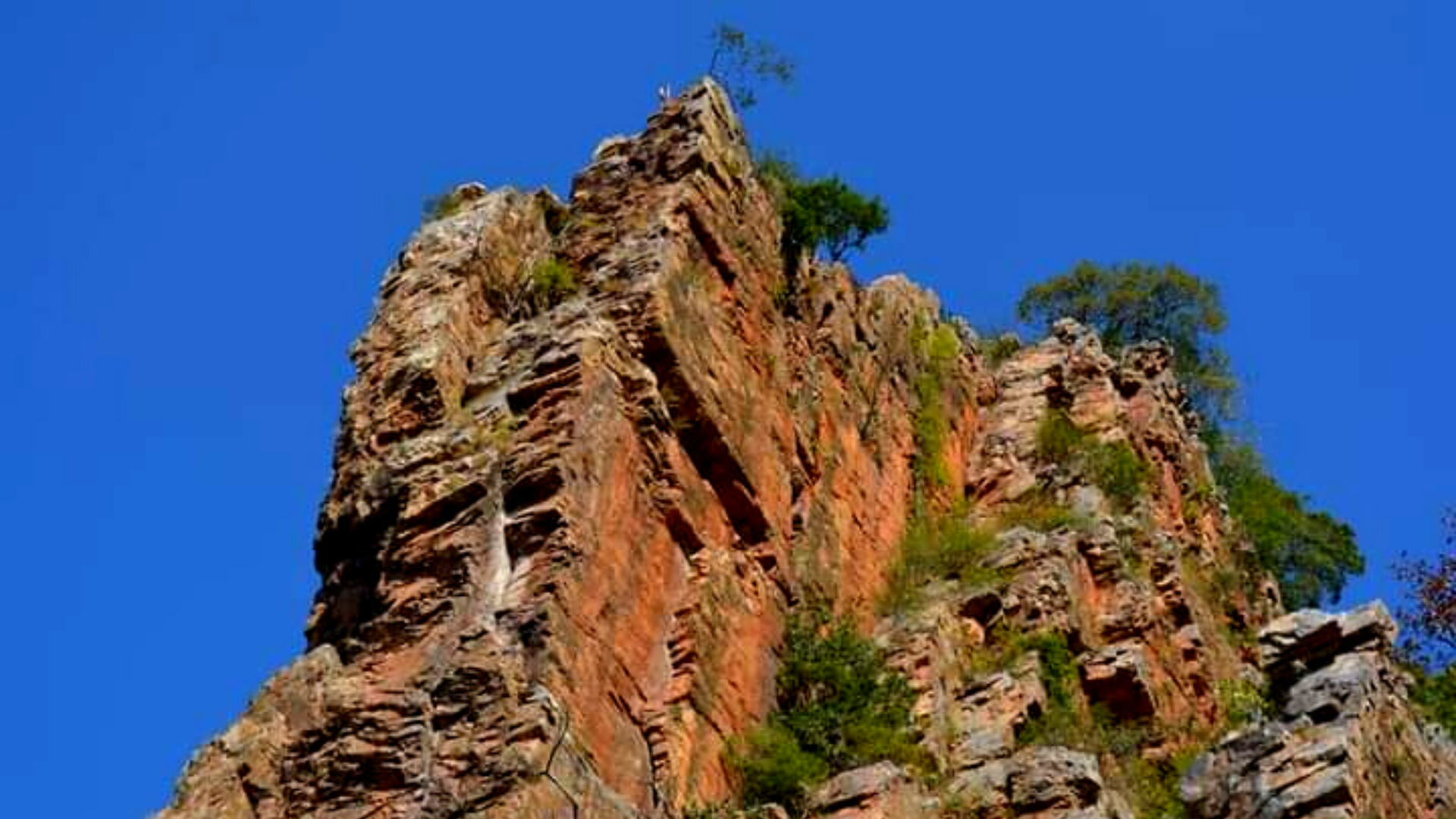
It seems the Annual Brahmotsava is celebrated every year in the month of February with great joy. People of the village, local pundits, and jeeyars, all extend their support to make the festival a jubilant one.
The conversation came to an end after Ravi pointed out how blessed they were. He said, “Many jeeyars have come to our home and we have hosted many Battachariars too. We are extremely happy to have visited Ahobilam several times and have also completed visiting all divya desam-s thrice.”
The grace of the Lord Narasimha is sure to be with this spiritual family and take them a long way towards realizing the final purushartha of life, Moksha.
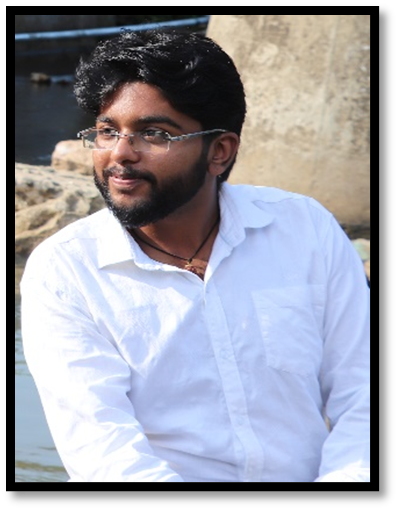 Mr. T. R. Surya is an eloquent speaker and compendious writer of English. An avid learner of Sanskrit and Indian scriptures under the guidance of Swami Ganeshaswarupananda and Gita Chaitanya of Arshavidyalaya. His inclination and interests are towards studying Metaphysics and philosophies.
Mr. T. R. Surya is an eloquent speaker and compendious writer of English. An avid learner of Sanskrit and Indian scriptures under the guidance of Swami Ganeshaswarupananda and Gita Chaitanya of Arshavidyalaya. His inclination and interests are towards studying Metaphysics and philosophies.
NEXT ARTICLE

At the southernmost tip of this mesmerising ensemble lies the majestic Great Nicobar Island, boasting an impressive landmass of about 910 square kilom...

Bharath has always been a land traversed by spiritual masters/ Guru since time immemorial. These spiritual masters have always upheld the core princip...

South India contains its fair share of unique pilgrimage centres. These divine places of worship have a prominent Sthala Purana, devoted followers, di...